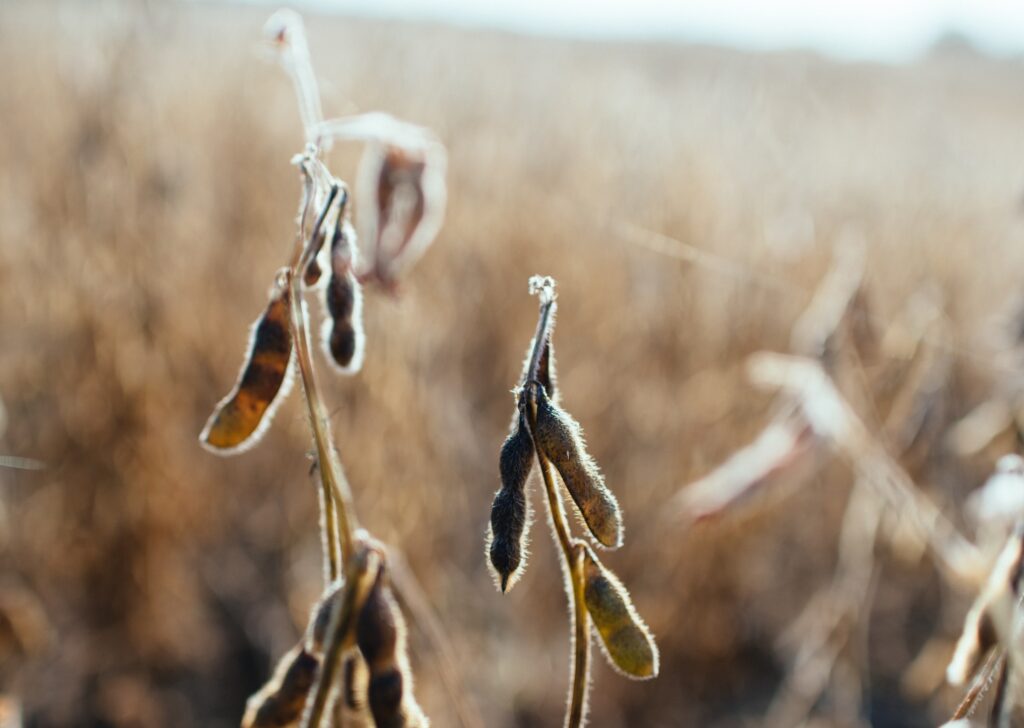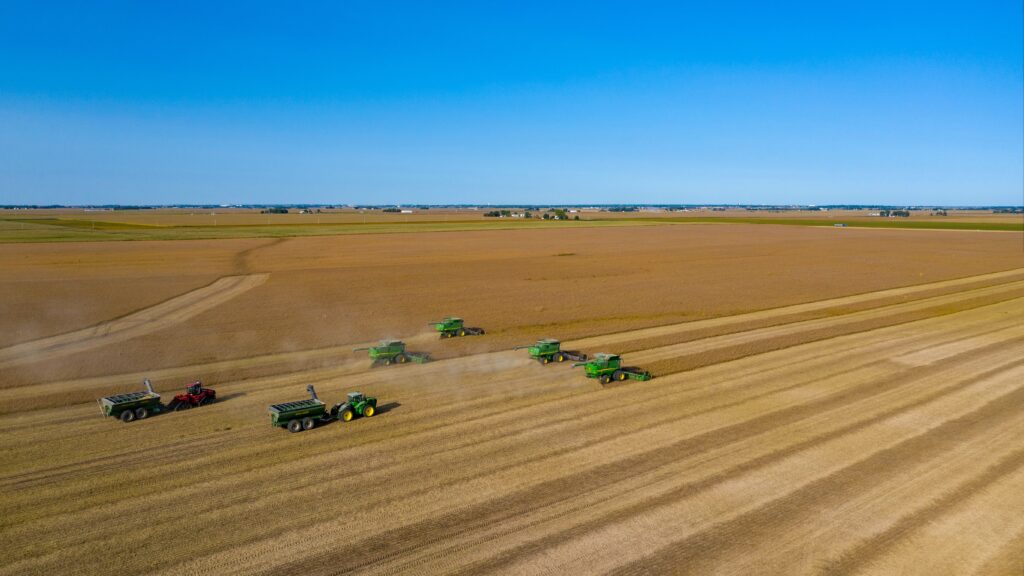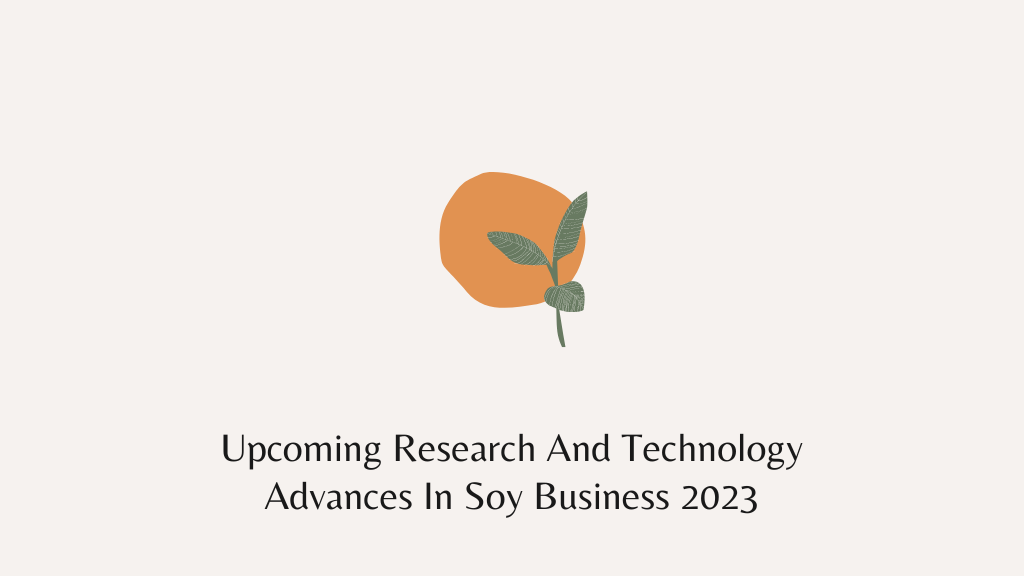Soybean has evolved into more than a food crop. Its significance and applicability have expanded to include challenges other than food security. However, before considering how soybean will alter how things will run in the future, let’s consider what it is. Soybean is a processed product primarily grown in the United States, Argentina, and Brazil.
It is a top crop commodity in production, utility, and commerce. Significantly, it’s grown primarily for human use, although its use has expanded to include animal feed, fuel, and other applications.
Manufacturing feeds and food from soybeans and soybean derivatives are two key trends that will greatly impact future advancements in soy protein research. More research and development, however, are being conducted in these areas to increase soybean value addition.
In this article, we will look at upcoming research and technological advances in the soy business and examine each.
Fabricated Feeds and Food from Soybean and Soybean Derivatives

The future of soybean technology is strongly reliant on soybean derivatives. Isoflavones, for example, have been found and are still being studied by scientists.
Isoflavones have been shown to stimulate or improve growth, increase tissue growth in pigs, and aid in disease prevention. Additionally, soy protein, the main protein in soy products such as tofu, tempeh, and soy milk, may be used to lower LDL cholesterol, a type of unhealthy cholesterol.
Rising Focus on High-Quality Soybean Meal and Oil

In the cultivation and processing of soy meals, sustainable soy is critical. Soybean meal and soybean oil are the two primary products of soybean processing. Some have the potential to be a rich source of plant protein, but they may also include anti-nutritional components.
In this field, substantial research and development are being carried out to produce high-quality soybean oil and meal. Some soybean processors have begun evaluating soy products for chemical and physical properties such as carbs, fat, ash, and moisture content. Corrective actions are conducted if they do not satisfy the quality standards.
Furthermore, technology is essential in producing high-quality soybean meals and oil. Germination, fermentation, autoclaving, and soaking are some processing technologies and procedures used to eliminate soybean antinutritional elements. Notably, more research into how to improve the procedures is being conducted.
Improving the Revenue Streams for Soy Farmers
Small and medium-scale soy producers are the backbone of the soybean supply. Farmers’ profit margins are shrinking as the cost of soybean cultivation rises. As a result, future research will focus on creating low-cost inputs and production processes. Another thing to consider is how farmers might gain more from soy products.
This is accomplished by employing economies of scope rather than economies of size. Scope economies focus primarily on managing multiple firms to lower the cost of off-farm inputs and get access to more profitable markets. Significantly, more study is being carried out in this area.
Modified and Controlled Atmospheric Packaging
Future studies will also be conducted in the field of soybean packaging technologies. Soybeans can suffer from a variety of problems as a result of inadequate storage. The mass and energy transfer between the storage medium and the seeds may be sped up with some storage packing. However, soybean seed packaging will advance technologically to maintain seed quality over time.
Improving Production Quantity
As the world’s population grows, so does the demand for protein. Because soybean is a viable alternative protein source, there is a need to align supply with demand. So, how has that been accomplished? Although soybean output still needs to be at a suitable level, significant progress has been made.
One of them is the expansion of the spread of novel soybean varieties through farmer-level seed breeder development. However, other approaches are being researched. Others include increasing soybean selling prices, utilizing potential acreage, improving production methods, crop intensification, and program consistency.
Increasing the Global Competition for Soy
Another future trend would be to find an answer to the issue, ‘How can global competition for soy be increased?’ Currently, the primary players are the United States, Argentina, and Brazil. That’s fantastic, but it would be much better if more worldwide players got involved.
It would be better to influence countries that can grow soybeans rather than join the large players and begin production. This will contribute to increased competitiveness, improving the quality and supply of soya beans.
Soybean for Alternative Fuel
With rising gasoline prices and the need to cut greenhouse gas emissions, soya beans stand out as one of the ultimate potential answers. Although fuel manufacturing from soybeans has yet to be widely commercialized, attempts have been conducted.
One such trial occurred in 2019 when the Office of the Franklin County Engineer began converting the fleet’s diesel-powered equipment and vehicles to biodiesel. That is one of many companies experimenting with soybean biodiesel.
The SWACO-Solid Waste Authority of Central Ohio and the City of Columbus are two others. They have made significant progress in converting their fleets to biodiesel. With this kind of tendency, soybean as a fuel will be an important focus of future research and development.
Conclusion
Since soybeans have become an important food crop, there has been significant investment to improve productivity and value addition. As previously proven, much progress has already been made. However, additional study and development in the same field is required. It is critical to recognize that the above topics will drive the development of high-quality soybeans for consumption while addressing climate change.



